
La Dawri Sebring restoration
Story and Photos by Joe Greeves
Today’s offerings in the kit and replica market are amazingly sophisticated. But it wasn’t always that way, as handcrafted cars have reached a level that far surpasses their humble beginnings. It’s a major understatement to say that early kit cars were basic, as many of the old-timers in the hobby can attest to. Often all you got was a simple outer shell with a few rudimentary instructions, and you were essentially on your own from there. Most kits consisted of two simple pieces, with a rear end and an extra-long front end cut to match the wheelbase of your donor car. All the other elements, like doors and a trunk, were left to your imagination.
The LaDawri Co. of Long Beach, California, got its start in the early ’50s and helped advance the hobby by offering more sophisticated products. Founded by Les Dawes, a pioneer in the production of fiberglass bodies, the company progressed from utilitarian golf-cart bodies to elegant designs for sports and racing automobiles. Starting with a single model in 1956, the Cavalier, Dawes would soon go on to become one of the largest fiberglass sports car body manufacturers in the market. His bodies were rigid, aerodynamic and lightweight. At the height of production, he offered a wide array of models, accommodating wheelbases ranging from 76 to 120 inches.
Before the company’s demise, Dawes had a catalog of more than 10 fiberglass bodies, with his LaDawri Conquest debuting on the cover of Road & Track in July of 1957. Considered to be one of the greats of the early days of fiberglass automobiles, the company went out of business in the mid-’60s, due in part to a major plant fire (tax liabilities may have been a factor was well).
Many of the early vehicles still remain, however, like this LaDawri Sebring owned by Steve Miller of Ormond Beach, Florida. A retired beer and wine salesman, he got started in the car hobby early on, thanks to his father. In fact, Steve’s father purchased the first Mustang delivered to the state of New Jersey in 1964, a car he kept for more than 30 years. Steve also fondly remembers learning all the cars by heart on family road trips when he was a kid.
One of his earliest childhood influences was the Studebaker Golden Hawk parked across the street in a neighborhood garage. Peeking through the windows made an indelible impression, which helped lead to his first car as an adult — a 1953 Studebaker Commander. Over the years, he estimates that he’s had more than 60 cars, with the latest being a DeLorean.
As part of his continuing search for cool projects, Steve subscribes to a website called Bring a Trailer (www.bringatrailer.com). One day he followed a link that led to this LaDawri, which had been sitting in a storage site for 38 years. The previous owner had begun to restore it mechanically, addressing the brakes, lights and electrical, but the car still needed major bodywork.
Steve has always had a passion for the genre, so after reading the description, he decided the LaDawri Sebring would be his next project. When it was delivered on Thanksgiving weekend 2018, he set a goal to have the car ready for the 2019 Cars & Coffee at Amelia Island, Florida, held in March. It was a tight deadline, but Steve met his goal, and that’s where we first spotted the car.
The LaDawri needed a lot of work when Steve received it in 2018, and he dove right in, solving each problem as it arose. Peeling back the layers was a revealing look back in time, which shows how sophisticated modern kits have become by comparison.
As one example of many, both doors on the LaDawri had been screwed shut. Back in the 1960s, folks simply hopped over them into the cockpit. Freeing the doors, filling the holes and adding small sliding bolt latches got them functioning again. But Steve would later find out why the doors were fastened shut in the first place.
For mechanicals, the car runs a 36 hp air-cooled engine and a standard 100-inch ’56 VW pan, with a stock front end and transaxle. While it would be easy to discard the current motor in favor of an aftermarket upgrade, Steve decided to resist the urge to modify the aging four banger, citing it as part of the original car’s charm.
With a nod to modern electrics, the car has been switched from 6 to 12 volts using a Porsche 356 generator. Steve adds a word of thanks to his friend, John Rachow for his work on the car’s electrical issues. In the process, Steve estimates that they had to snip about 100 feet of excess wire. Even so, a lot of exposed wire is still visible in the forward trunk and engine compartment, so redoing the entire harness is on the short list for the future.
Additional changes included installing turn signals along with putting a spare tire in the nose, which has the bonus of adding weight on the front end for better tracking. Even so, he likes the way the car looks, so the ride height will remain with the addition of new shocks.
Digging into old archives, Steve discovered that the windshield in the LaDawri is from a 1960 GMC, turned upside down. Typical of the era, other trim and hardware items are a mixed bag including Pontiac taillights, Lucas headlights and TR4 hood hinges. The 15-inch JBugs rims use aftermarket VW-style hubcaps and Atlas PortaWalls white-wall inserts on Toyo tires.
As part of the restoration process, Steve taught himself how to work with fiberglass, beginning with filling in the holes for the parking lights, and closing a wide gap in the dashboard. For the latter, Steve was surprised to find there was no connection between the outboard ends of the dashboard and the forward door supports. In retrospect, he realized that’s probably why the doors were screwed shut — to prevent flexing of the convertible body. With the doors now functional, that gap had to be closed.
To correct matters, he laid several layers of fiberglass mat. After curing and sanding, body filler provided a smooth finish and the results were dramatic. Even with functioning doors, the cowl shake was thus eliminated.
Interestingly, he also discovered that marine-grade plywood provides additional structure underneath, used both in the rear engine compartment and the front trunk. This construction approach was common for the time and also used in early fiberglass boats. At one time, the plywood was probably varnished for protection, but the coating is long gone and is one of the next items on Steve’s list.
The car also came with a small cosmetic, fiberglass tonneau cover behind the seats for the nonexistent soft top, but Steve felt that it disrupted the lines of the car and eliminated it. LaDawri didn’t make a hardtop for this model, but he is hoping to find one that can be adapted to fit.
After the body was smoothed out, the next upgrade was paint, and Steve sprayed his own. The seaside blue shade was popular back in the ’60s, and Steve’s is accented with metallic matte silver racing stripe decals. Chrome Sebring emblems from a Chrysler made for a modern finishing touch.
As noted at the outset, Steve’s original goal was to have the car ready for the 2019 Cars & Coffee event at Amelia Island, and he gives special thanks to his wife, Toni, for her help and support. In so doing, they also achieved something else: the PIXAR Award for the Car Most Likely to Star in a Movie. Perhaps we’ll see his car on the big screen at some point, but in the meantime, he’s concentrating on more refinements, such as finding a better latch system for those doors.
Like an automotive archaeologist, Steve is always trying to learn more about the car’s past. It sat in a warehouse in Rockford, Illinois, from 1975 to 2013, and the only other clue to its past is a Southern Illinois University parking sticker. But for now, Steve will continue to iron out the details on his Sebring, preserving this piece of automotive history for future kit car enthusiasts to look back on.


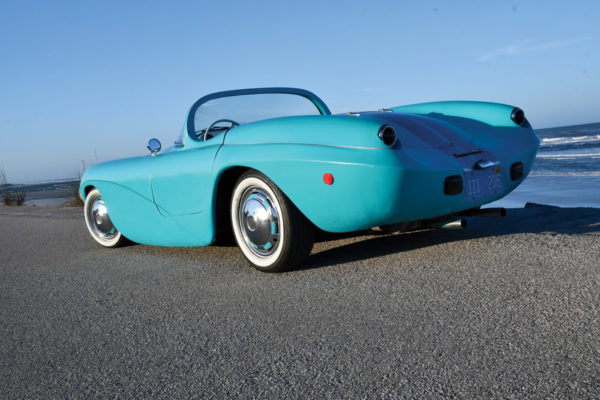
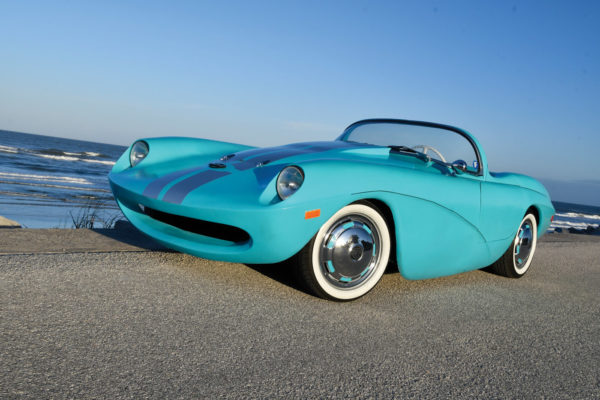

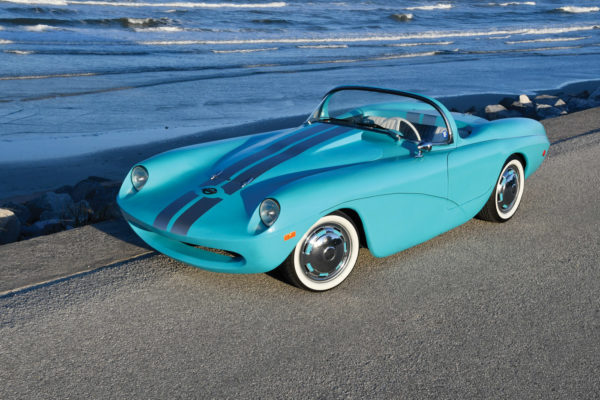
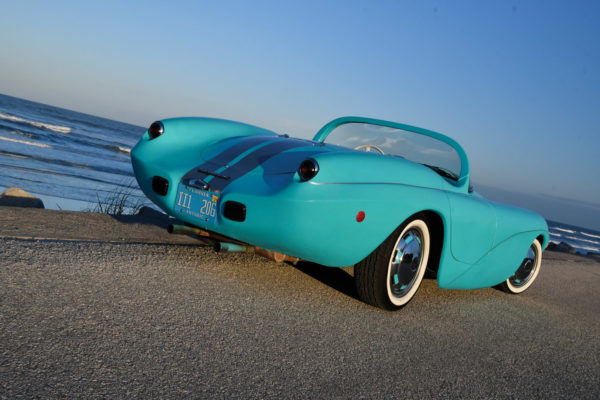

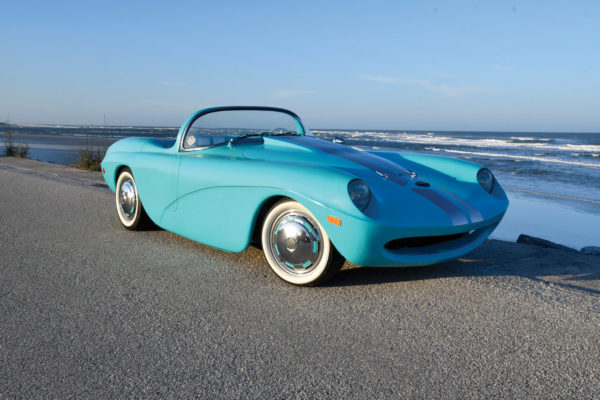
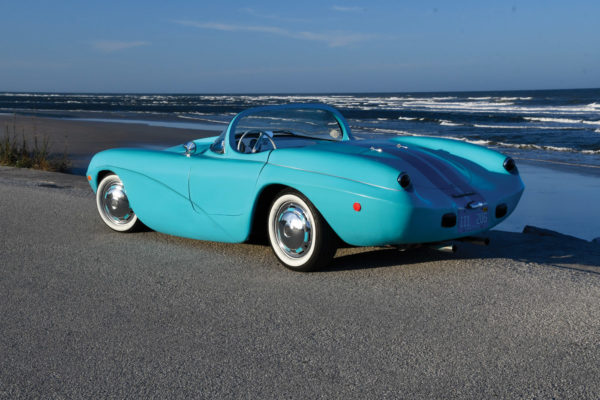

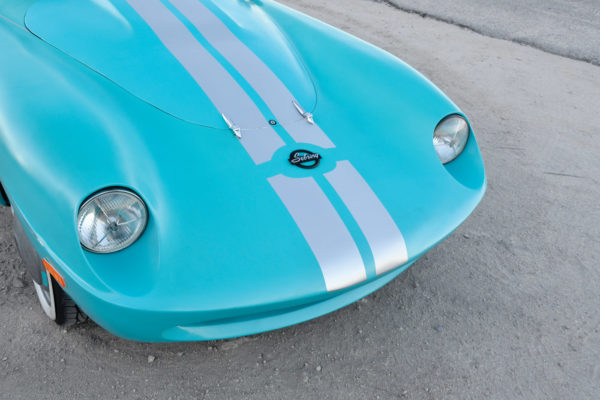
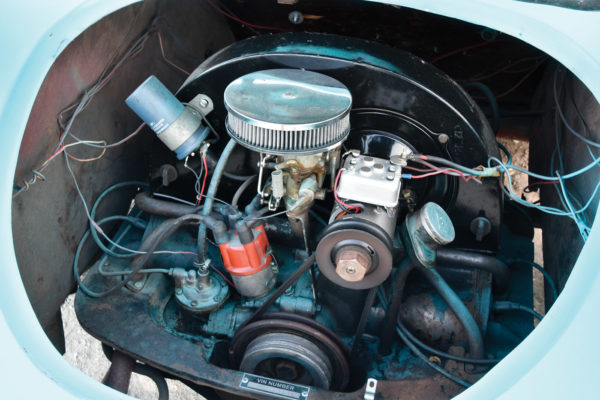

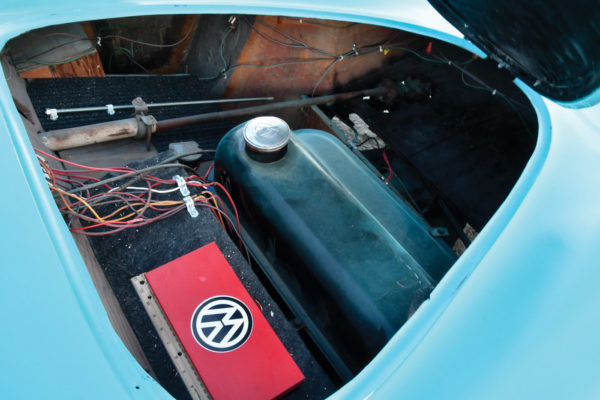
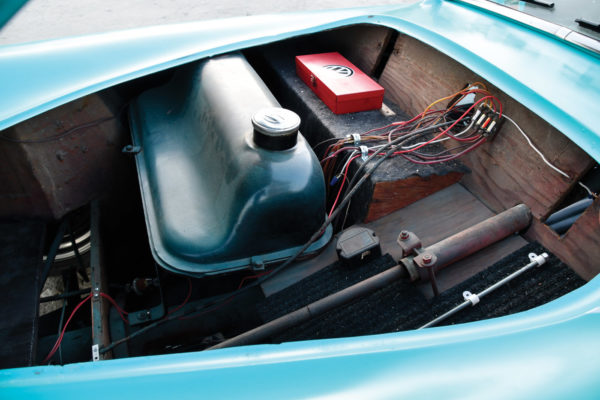
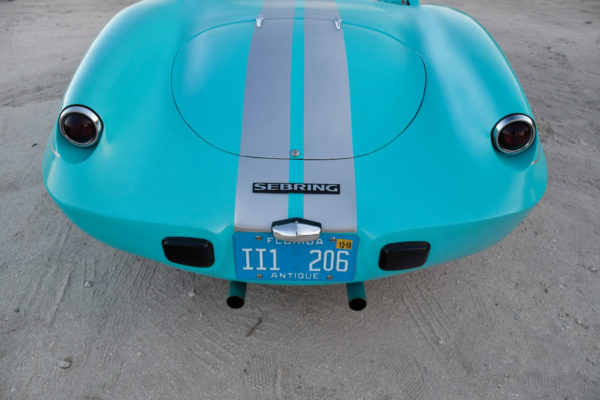


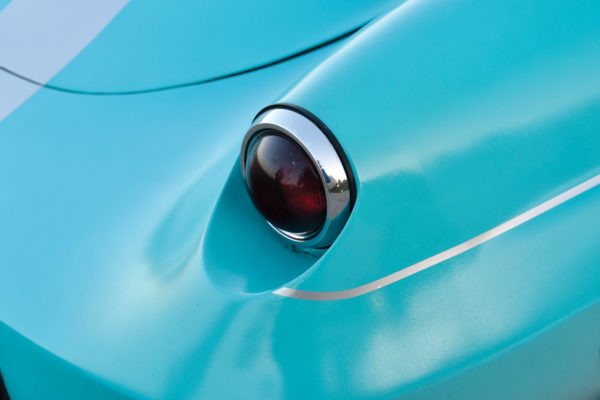
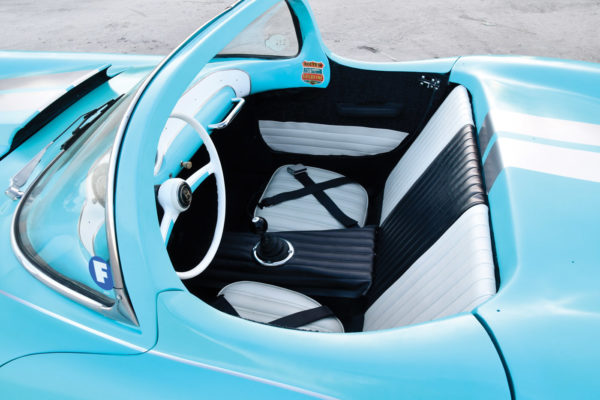
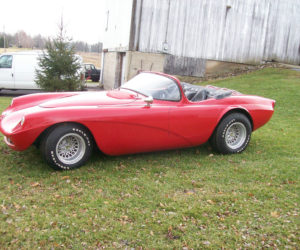
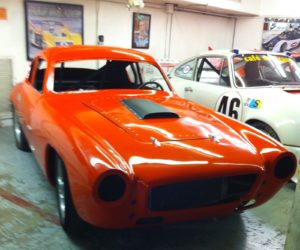
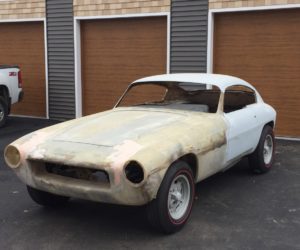
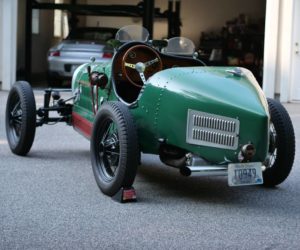
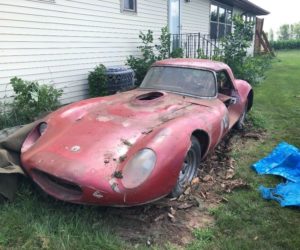
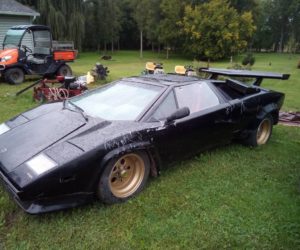




Comments for: The Survivor
comments powered by Disqus